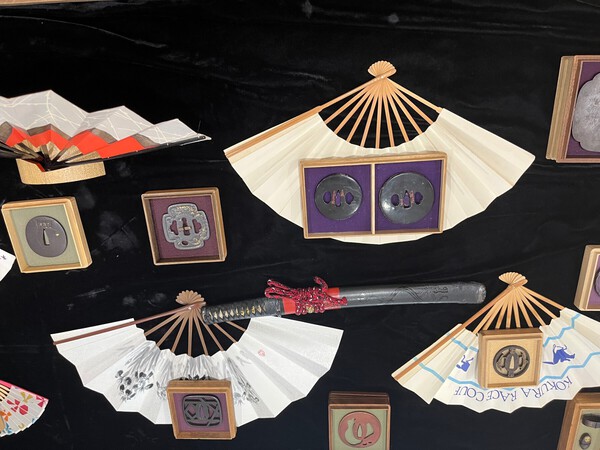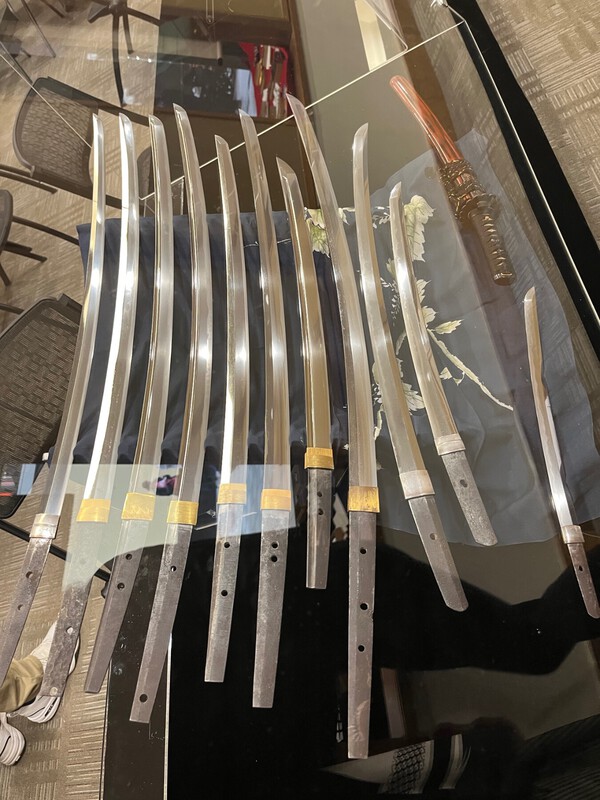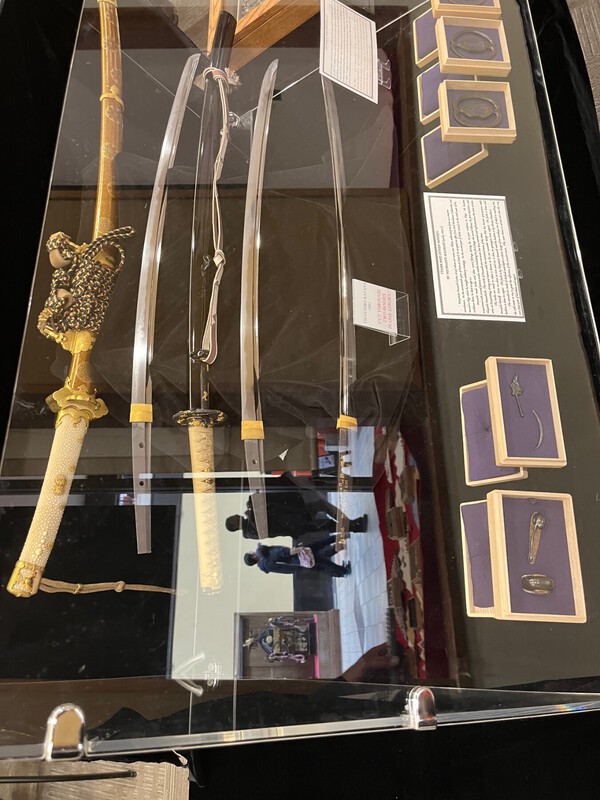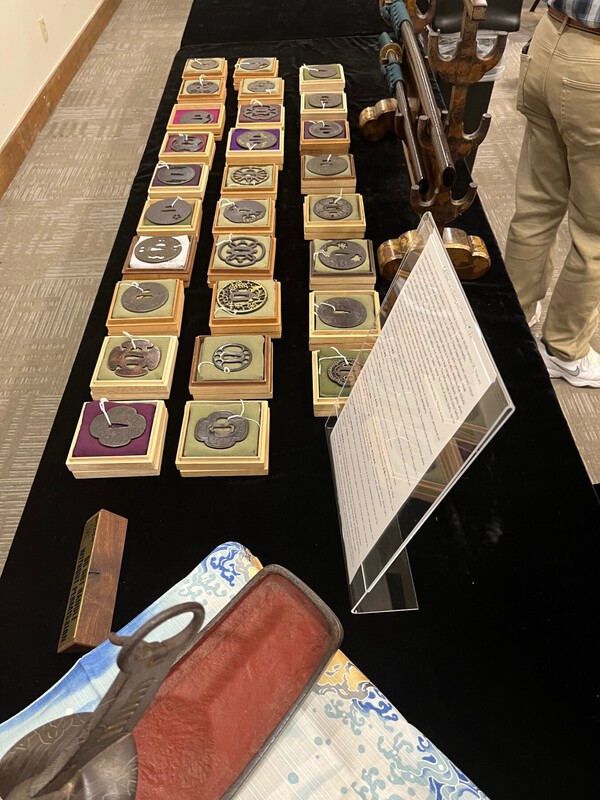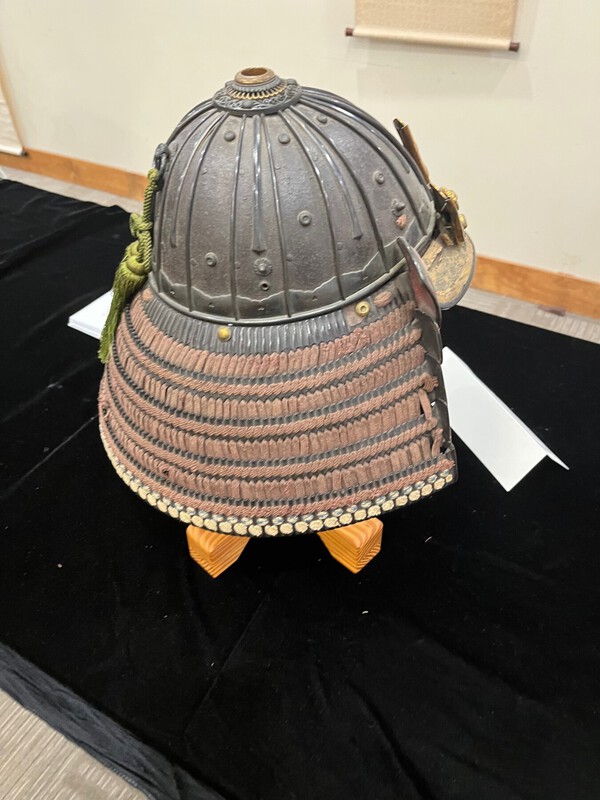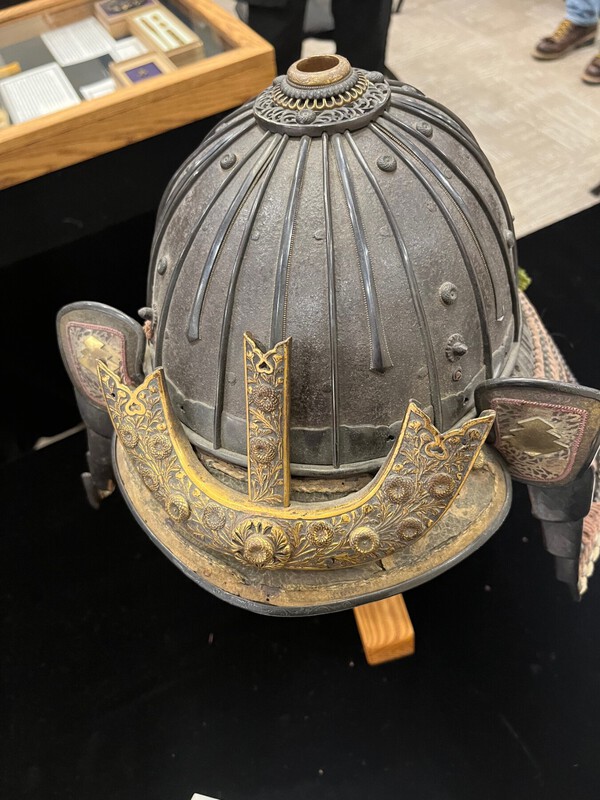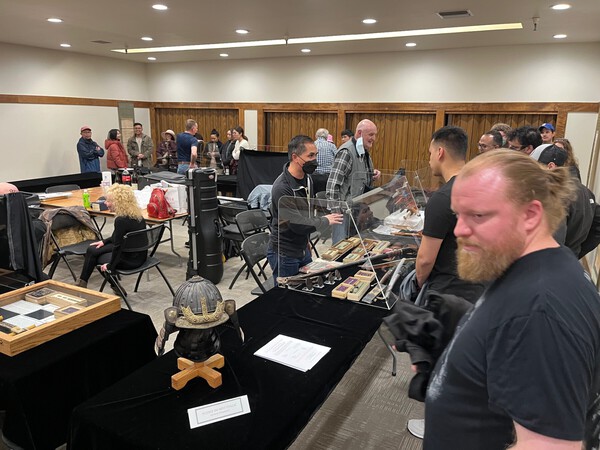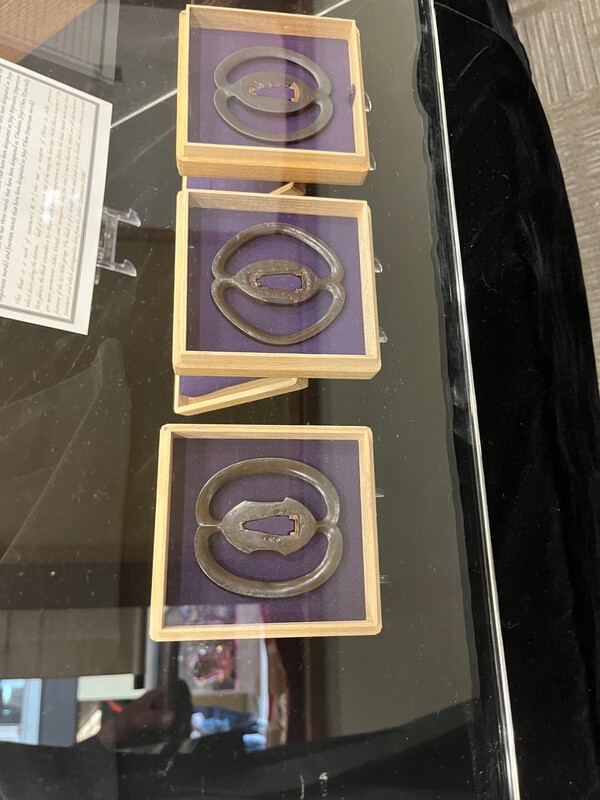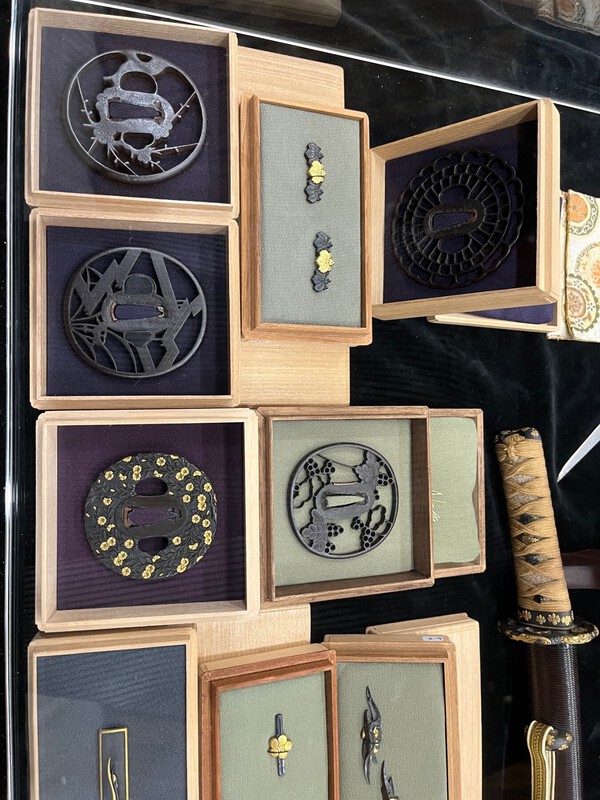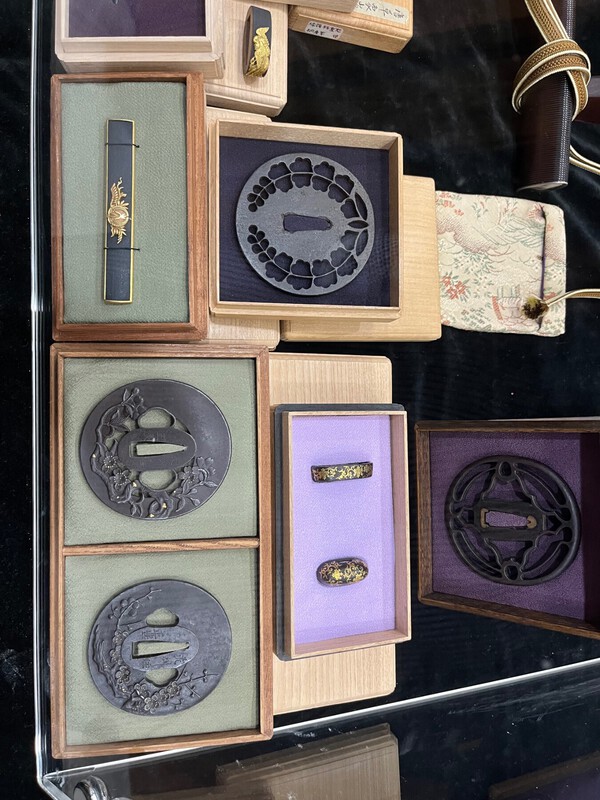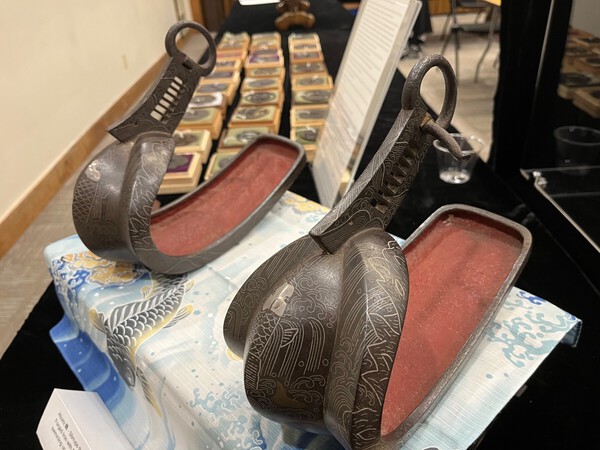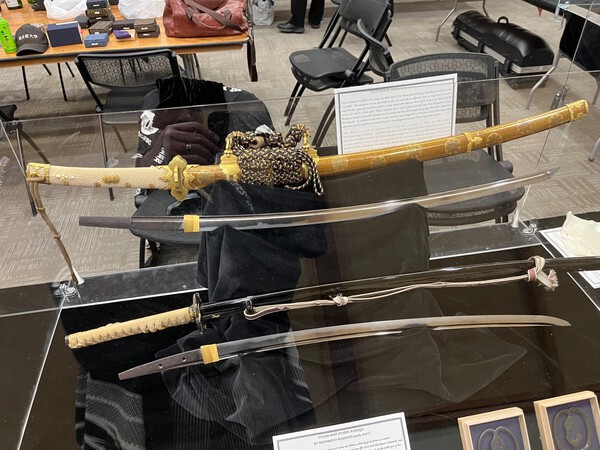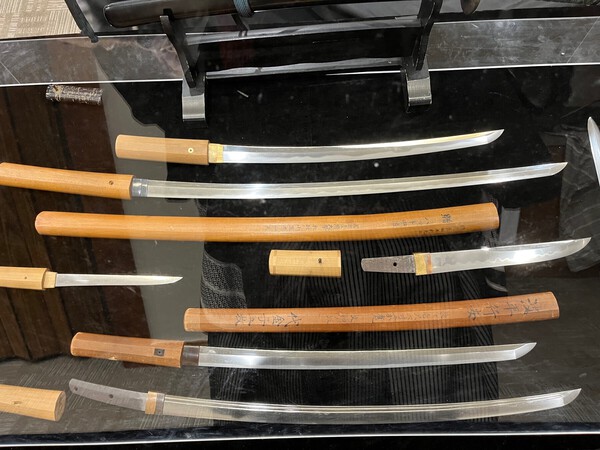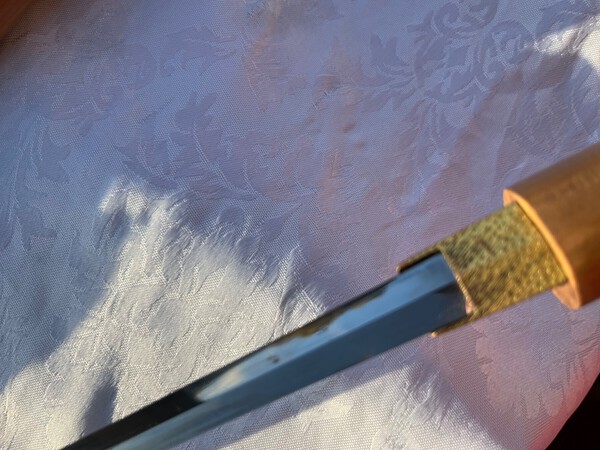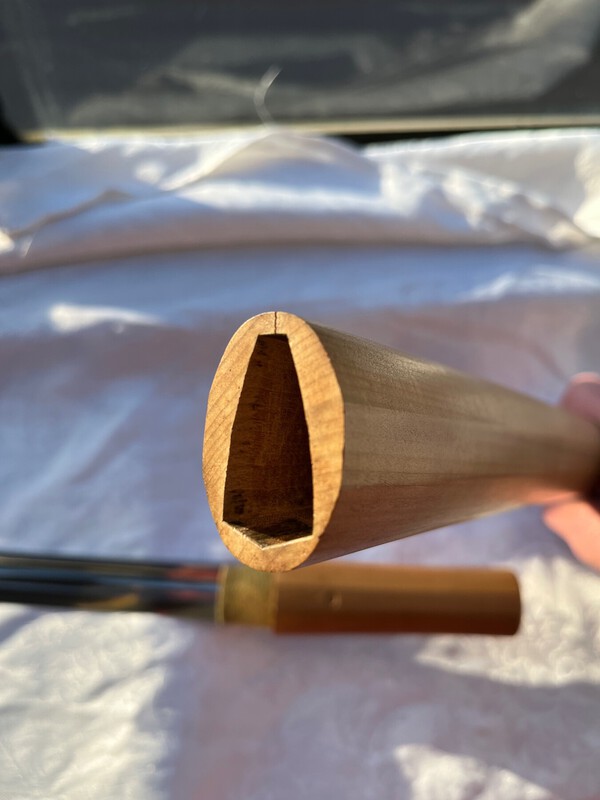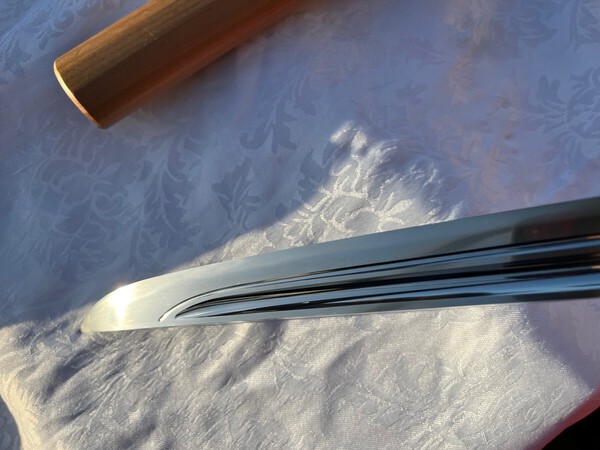-
Posts
2,442 -
Joined
-
Last visited
-
Days Won
21
Content Type
Profiles
Forums
Events
Store
Downloads
Gallery
Everything posted by Toryu2020
-
900 years... The Genuine ‘Nanbu Tekki’ Kettle - Morioka, Iwate - Japan Travel -t
-
Japanese cast iron: history, benefits, products, and brands (booniehicks.com) 800 years of history? -t
-
History of Tetsubins (calacademy.org) The adventure continues... -t
-
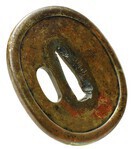
Tokugawa sword length law
Toryu2020 replied to rematron's topic in General Nihonto Related Discussion
Correct! http://ncjsc.org/ncjsc_publications.htm -t -

Tokugawa sword length law
Toryu2020 replied to rematron's topic in General Nihonto Related Discussion
Search the Yamanaka Newsletters - there was a selective translation of the Tokugawa Nikki there... -t -
Namban Tetsu kore wo motte... I think -t
-

San Francisco sword show
Toryu2020 replied to Brian's topic in Sword Shows, Events, Community News and Legislation Issues
I'll be there! Un fortunately no NTHK Shinsa this year - will probably be another four or five years before we are back in San Francisco. -t -
Best to use SHAPE to determine age and not features in the hamon (there are always exceptions) - when it comes to shape you have to think of things along a range and not in absolutes - there was the mid-Kamakura shape that morphed into Namboku-cho and then gradually back to the older shape but adapted to the times - so you will see shapes that are very similar in say curvature but other factors like nakago shape or length that point you to specific periods when it is all added up. Another general rule is there is more activity in the jigane before 1600 and more focus on the hamon after 1600 - jigane like this would not have been seen in Osaka or Yokoyama works - so you should be looking at the Gokaden to try and place it and by extension this means Koto schools. Were it Sukesada being unsigned would be a concern but since it is an earlier work from a different line in Bizen, not so much of a concern... -tch
-
Not in color but the NCJSC Has two good books for the student of tsuba/Fittings... Publications (ncjsc.org) -tch
-
Thomas Buck - look for his book... Tsukamaki.net - Handle Restoration & Conservancy Services
-
Useless without the "Hizamakura" that you rest your head upon... -t
-
I would not clean it at all... -t
-
-


